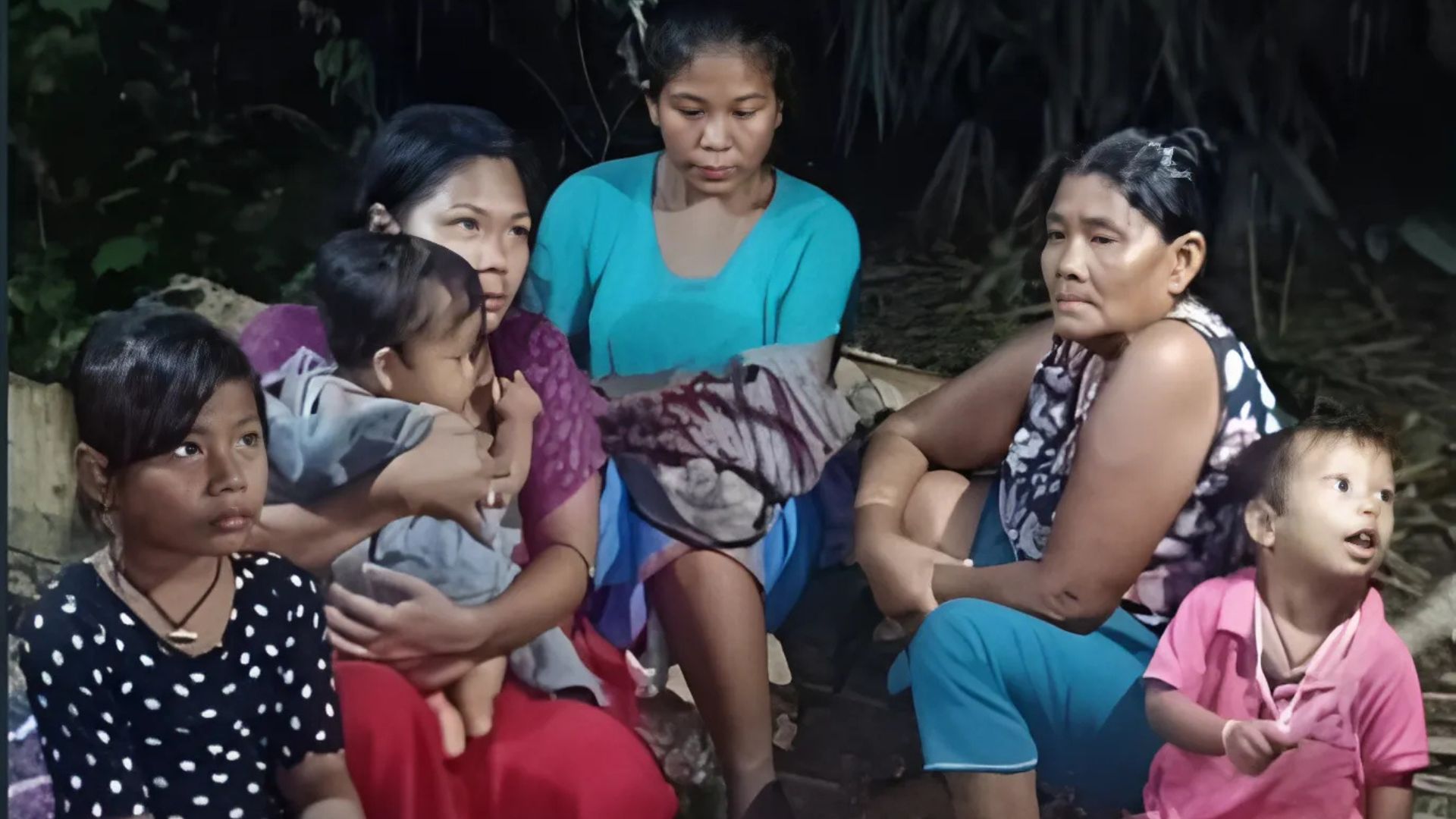The national capital found itself shrouded in dense smog following Diwali celebrations, as the bursting of crackers intensified the already severe pollution levels. Various areas in Delhi witnessed reduced visibility due to the thick haze, making it challenging to see beyond a few hundred meters.
It’s crucial to highlight that the city has been grappling with escalating pollution over the past few weeks, with the Air Quality Index (AQI) reaching ‘severe’ levels in many places. Post-Diwali, there is a heightened likelihood of pollution levels surging again, posing breathing difficulties for the city’s residents.
The Arvind Kejriwal-led AAP government recently implemented a complete ban on firecrackers to address the pollution crisis. In response to the foul air, there were even considerations for ‘artificial rain’ until a sudden rainfall brought relief by lowering pollution levels.
Despite these efforts, reports and social media posts indicate a significant number of people engaging in firecracker burning in different locations. Visuals from Lodhi Road, RK Puram, Karol Bagh, and Punjabi Bagh on Sunday night showcased intense fireworks illuminating the night sky across various parts of the national capital.
Historical pollution data reveals that since late October, Delhi’s air quality has been at its worst, with PM 2.5 levels exceeding the World Health Organization’s limits by 20 times. In response, the city government ordered the closure of primary classes and restricted truck entry.
Despite initiatives like the Delhi government’s ‘Diya Jalao, Patakhe nahi’ campaign, and Supreme Court orders on firecrackers, the looming pollution issue is expected to cast a shadow over the city even after the festive season concludes.

















